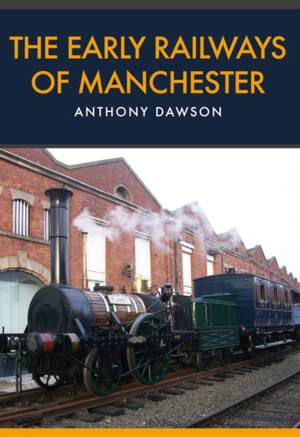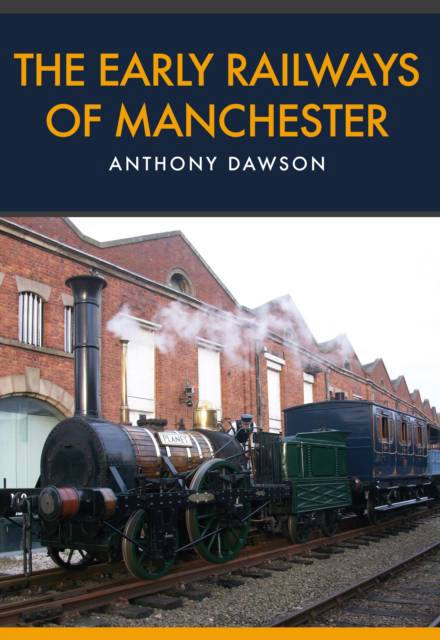
- Afhalen na 1 uur in een winkel met voorraad
- Gratis thuislevering in België vanaf € 30
- Ruim aanbod met 7 miljoen producten
- Afhalen na 1 uur in een winkel met voorraad
- Gratis thuislevering in België vanaf € 30
- Ruim aanbod met 7 miljoen producten
Zoeken
Omschrijving
Manchester was Britain's first railway city. The success of the Liverpool & Manchester Railway in 1830 inspired many entrepreneurs and businessmen to build their own lines, not only to share in the success of the Liverpool & Manchester, but to tap into the wealth of Britain's first industrial city. The burgeoning realisation of Manchester as a railway hub quickly saw the city joined by iron road to Leeds, Sheffield, Birmingham, and London, and created the opportunity for the first Manchester-built railway locomotive - appropriately named Manchester - to be constructed in 1831. By 1845 the railways of Manchester had matured into a form that is recognisable today and that remained static for the next twenty-five-or-so years, until the opening of Central and Exchange. Anthony Dawson takes us through the history of the railways around Manchester, including their difficulties and innovations, as well as their growth over time and their legacy for the city's rail network today.
Specificaties
Betrokkenen
- Auteur(s):
- Uitgeverij:
Inhoud
- Aantal bladzijden:
- 96
- Taal:
- Engels
Eigenschappen
- Productcode (EAN):
- 9781445665184
- Verschijningsdatum:
- 15/06/2017
- Uitvoering:
- Paperback
- Formaat:
- Trade paperback (VS)
- Afmetingen:
- 165 mm x 234 mm
- Gewicht:
- 284 g

Alleen bij Standaard Boekhandel
+ 44 punten op je klantenkaart van Standaard Boekhandel
Beoordelingen
We publiceren alleen reviews die voldoen aan de voorwaarden voor reviews. Bekijk onze voorwaarden voor reviews.








